KATHMANDU: In fact, Nepal needs no introduction when you talk about mountaineering, typography, culture, people, flora and faunas and its natural beauty.
Nepal got its Himalayan exposure worldwide with Sir Edmund Hillary, New Zealander’s ascent of Mt Everest on May 29, 1953, with Tenjing Norgey Sherpa.
“While on top of Everest, I looked across the valley towards the great peak Makalu and mentally worked out a route about how it could be climbed. It showed me that even though I was standing on top of the world, it wasn’t the end of everything. I was still looking beyond to other interesting challenges.”
This and many such Everest experiences from the climbers like Edmund Hillary turned pivotal in drawing the world to the celestial beauty of the Himalayas.
‘Mountains are calling’, the theme Visit Nepal 2020 set to represent the appealing mountains is expected to tempt the nature lovers to the pristine beauty of this heavenly land.
Imagine if these 1.2 million visitors of 2019 manage to send two persons from their side in 2020, the target will be met easily.
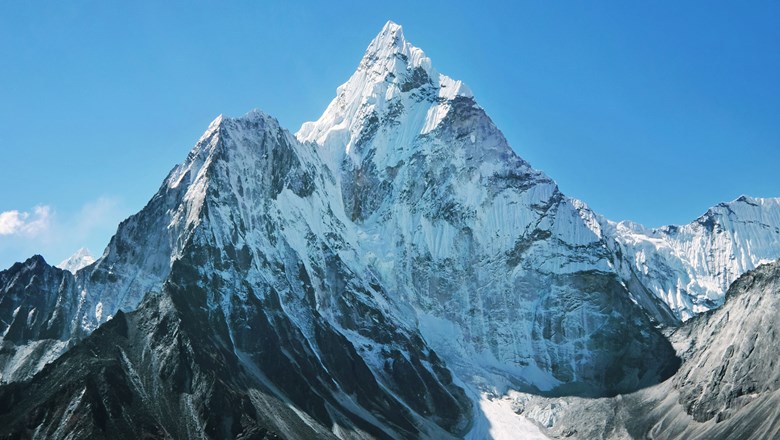
Obviously, they must have told the story of their Nepal visit to their friends, relatives, colleagues.
Taken this way, Nepal is known to many by now. However, in this world of glamour and advertisement, we have failed to sell their experiences as well.
Most of the places hold the feedback diary to help the travelers share their experience, how much are we prepared to listen to both the appreciating and criticizing remarks of the visitors coming to Nepal?
Do we dare to ask them to comment freely? Can we make such provisions? Have we arranged for the feedback desk at the entry point and point of departure? How effective is our luggage security system?
Do we dare to make the action taken against those who steal the luggage in our custom? Do we have some officials analyzing both the negative and positive comments made on social media?
We need a good conversation with them to encourage them to revisit and recommend others to visit Nepal.
Although the number of tourists in Nepal is increasing each year, listening to them might help us multiply it.
Records of the previous year show that 1.17 million visited Nepal in 2018 when the number was only 940 thousand in the year 2017. In 2016 the number was merely 713 thousand.
The project demands much better initiative to meet the target. The tourists complain of various frustrating experiences in Nepal ranging from the poor infrastructure to the rescue and relief in case of disaster and many other things.
Nepal has organized different programs in all provinces and the international arena. Promotional programs have so far been organized in various cities like Doha, Beijing, Pretoria, Paris, Ottawa, Yangon, Kuala Lumpur, Sydney, Dhaka, Islamabad, Cairo.
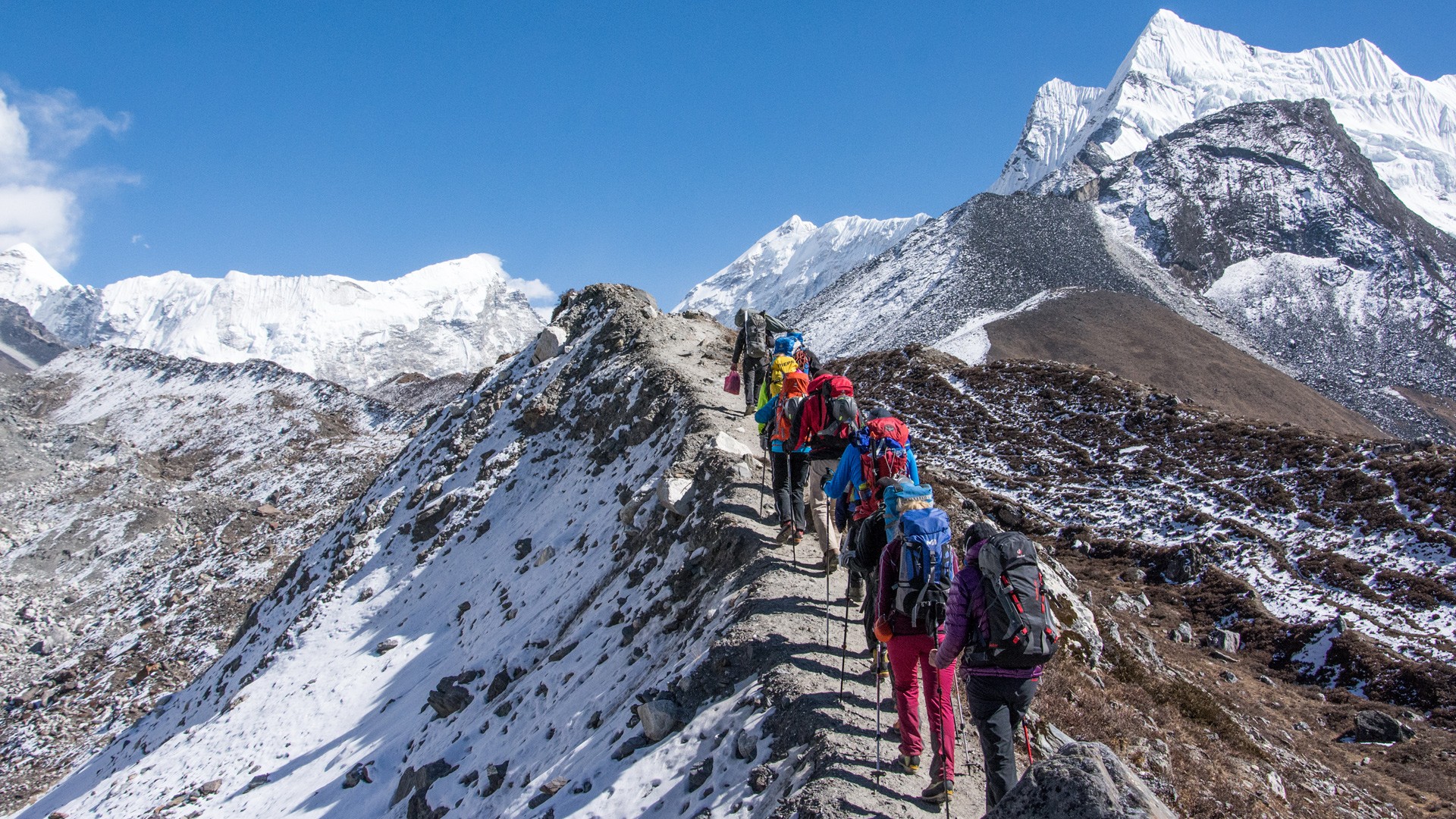
Infrastructure expert Kishor Thapa criticizes the government for not paying enough attention to the infrastructure building. Visitors come here for the culture, nature, and adventure of Nepal. Hence, experts want to draw the attention of the government towards the infrastructure.
Similarly, Sudarshan Raj Tiwari, an archeologist thinks the snail-paced heritage reconstruction might impact the tourist flow. “The loss and damage on the cultural heritage sites are most likely to have an adverse impact on the government target of getting 2 million tourists into the country in 2019,” Tiwari told Khabarhub.
However, Sanu Sherpa, 44, a successful mountaineer with the record of being the third Nepali to climb all 14 peaks above 8,000 meters, has a different view. He refutes the importance of infrastructure development.
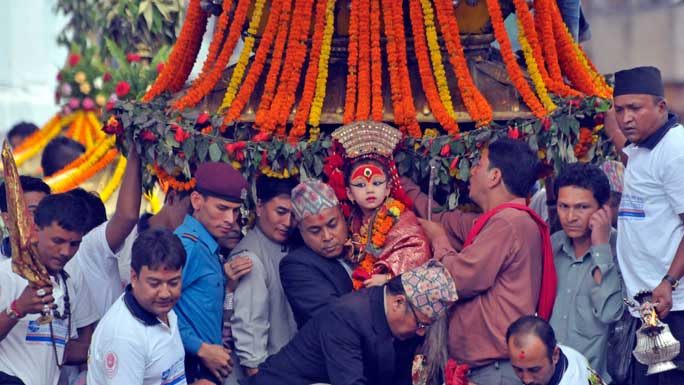
To him, roads and other facilities do not affect the influx of tourists in the country as the tourists come here for the adventure and life-time experience. Hence, he thinks, we should give priority to the publicity of the destinations and the safety of the tourists.
Dan Thompson, a British businessman and a sports enthusiast says travel is the discovery of truth; an affirmation of the promise that humankind is far more beautiful than it is flawed. With each trip comes to a new optimism that where there are despair and hardship, there are ideas and people just waiting to be energized, to be empowered, to make a difference for good.
Hence, As Frank A. Clark says if you can find a path with no obstacles, it probably doesn’t lead anywhere.”
We have to showcase some of the destinations where people will dare to reach. Here we have summarized the popular destination of each province of Nepal.
Province One
Province One includes a diverse topography ranging from the country’s lowest point, that is, Kechana Kalan at 60m, to the world’s highest, that is, Mt. Everest at 8848m. The geographical variety is suitable for a lot of adventure activities.
Lucrative locations and magnetic attractions make Province One a perfect venue for hundreds of world-class tourism activities.
Nepal is a Himalayan country that habitats major peaks of the world including the world’s rooftop Mt. Everest (8848m), the third tallest peak Kanchenjunga (8586m), fourth tallest peak Lhotse (8516m) and fifth tallest peak Makalu (8463m). Owing to the availability of best and tallest mountains on the planet, mountaineering in East Nepal is attractive to all mountaineers around the globe.
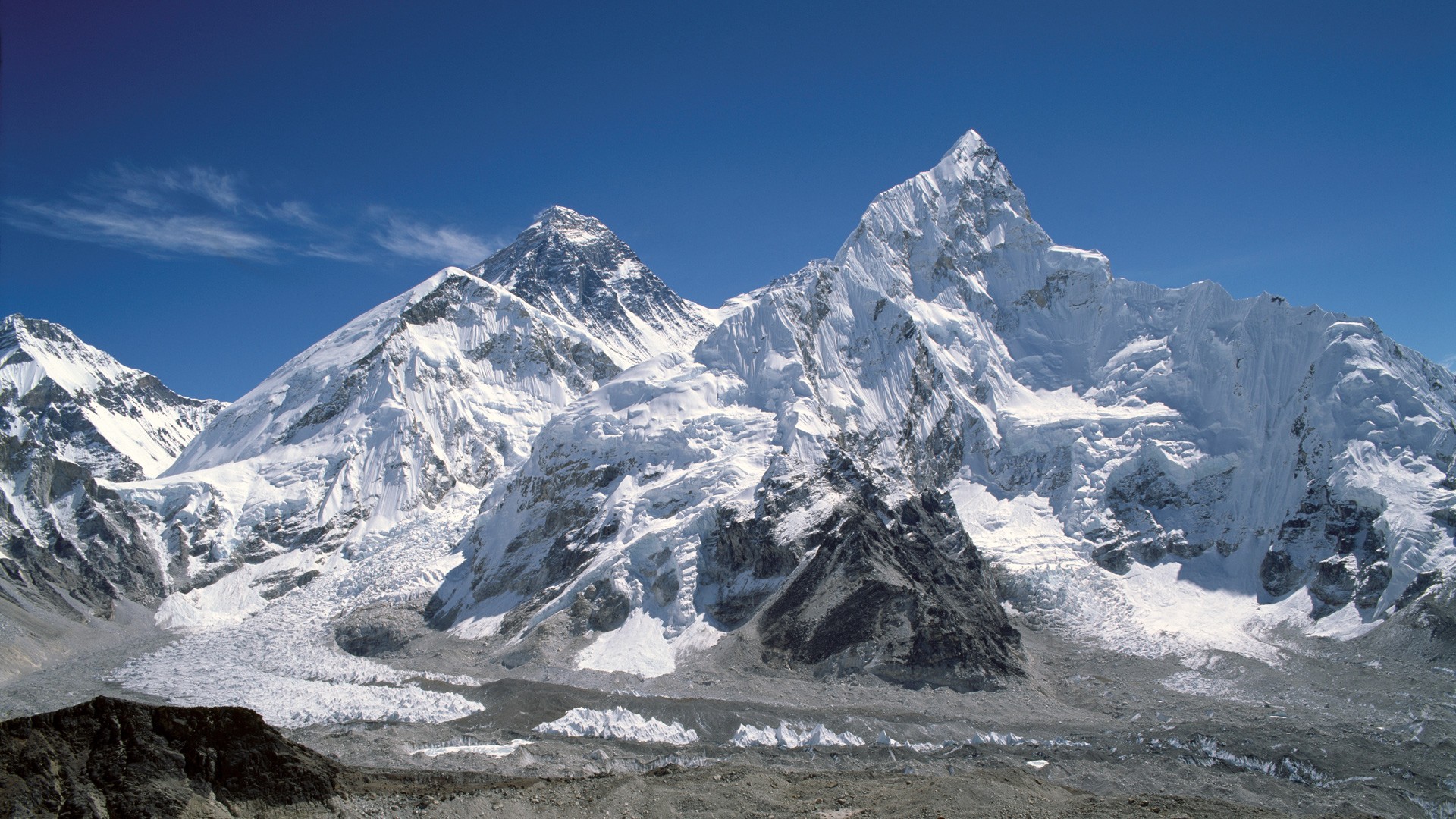
Similarly, Province One is a sort of trekking paradise with a picturesque Himalayan backdrop and wow-worthy cultural and natural beauties. From Himalayan trekking of Everest Base Camp, Kanchenjunga Base Camp, and Makalu Base Camp to the mid-hill cultural trail of Mundhum, East Nepal has a variety of trekking tracks.
What’s more! Province One falls in the beautiful section of 1700 kilometer long Great Himalayan Trail starting from Kanchenjunga to Everest. Jungle safari in this province was commercially introduced in December 2016 at Kosi Tappu Wildlife. The jungle safari was introduced by Sechha Travelling Dharan. However, it came to an end after the Wild elephant terror at Koshi Tappu.
In rivers, there are the best rafting rivers like Tamor, Arun, and Sunkoshi.
Province Two
There are dozens of historical, religious and cultural sites in Province Two. Janaki Mandir, dedicated to Hindu goddess Sita, is a Hindu temple in Janakpur in the Mithila region of Nepal. It is an example of Hindu-Koiri Nepali architecture. It is often considered the most important model of Koiri architecture in Nepal.
Known for the sacrificial slaughters of thousands of animals, the Gadhimai is one of the famous destinations in Province 2. Despite the outcry of the animal rights activists, the deep-rooted belief that animal sacrifice can help family members ward off the evil influence has been catalytic in the continuation of the practice.
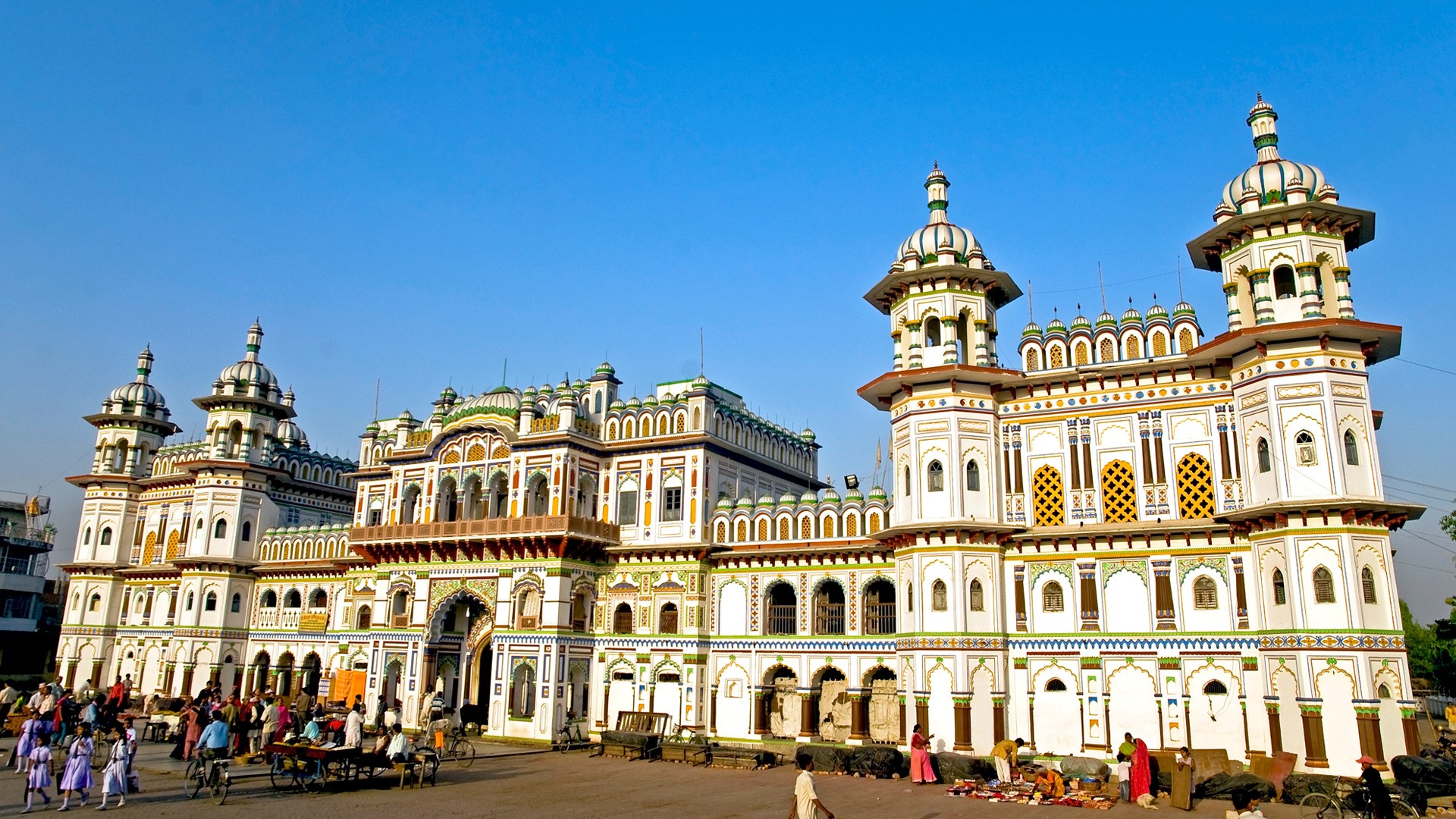
Similarly, Parsa National Park has enriched its beauty to Province Two which is a protected area established in 1984. It gives a rare opportunity to experience natural beauties. It shelters a different number of animals, plants, flora and faunas.
Parsa Wildlife Reserve provides habitat for 500 species of birds. The national park is famous for reptiles and snakes like cobra, python, king cobra, etc. The park has a good population of rare animals like the Asian elephant, Royal Bengal tiger, leopard, wild dog, musk deer, sambar deer, sloth bear, hyena, jungle cat, etc.
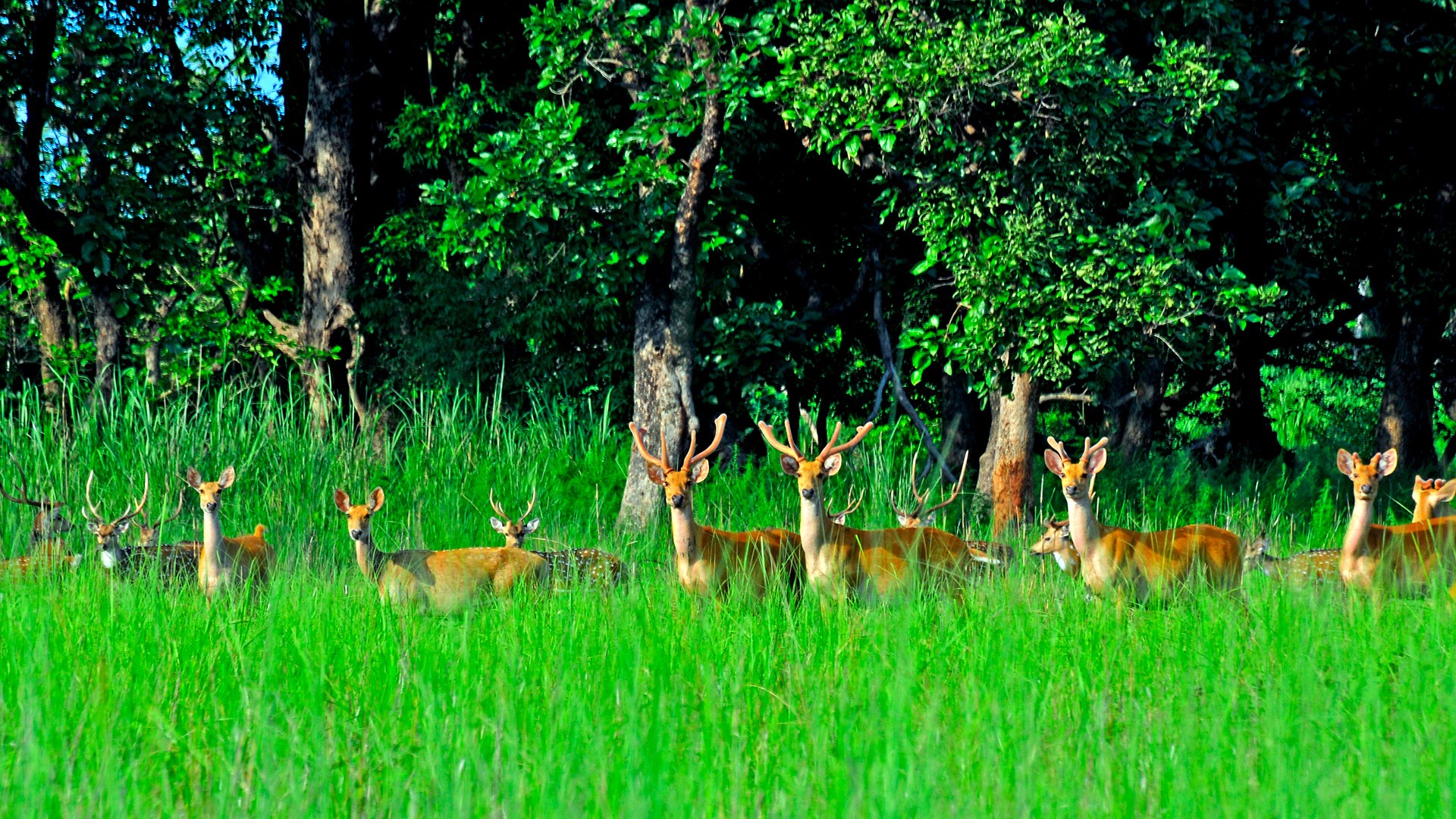
Likewise, Koshi Tappu Wildlife Reserve, Nunthar, Jaleshwornath, Dhanusha Dham, BaBa Tal are other famous tourist destinations of Province 2.
Province Three
Province Three compromises high hill stations, plain stiff lands and cultural villages. This province compromises the best trekking trails including Gauri Shankar, Ganesh Trekking, Jugal, Gonjala Pass, Langtang-Gosaikunda and others. Similarly, there is the Chitwan National park, one of the famous places for bird and animal lovers and where one can enjoy the trips with a jungle safari.
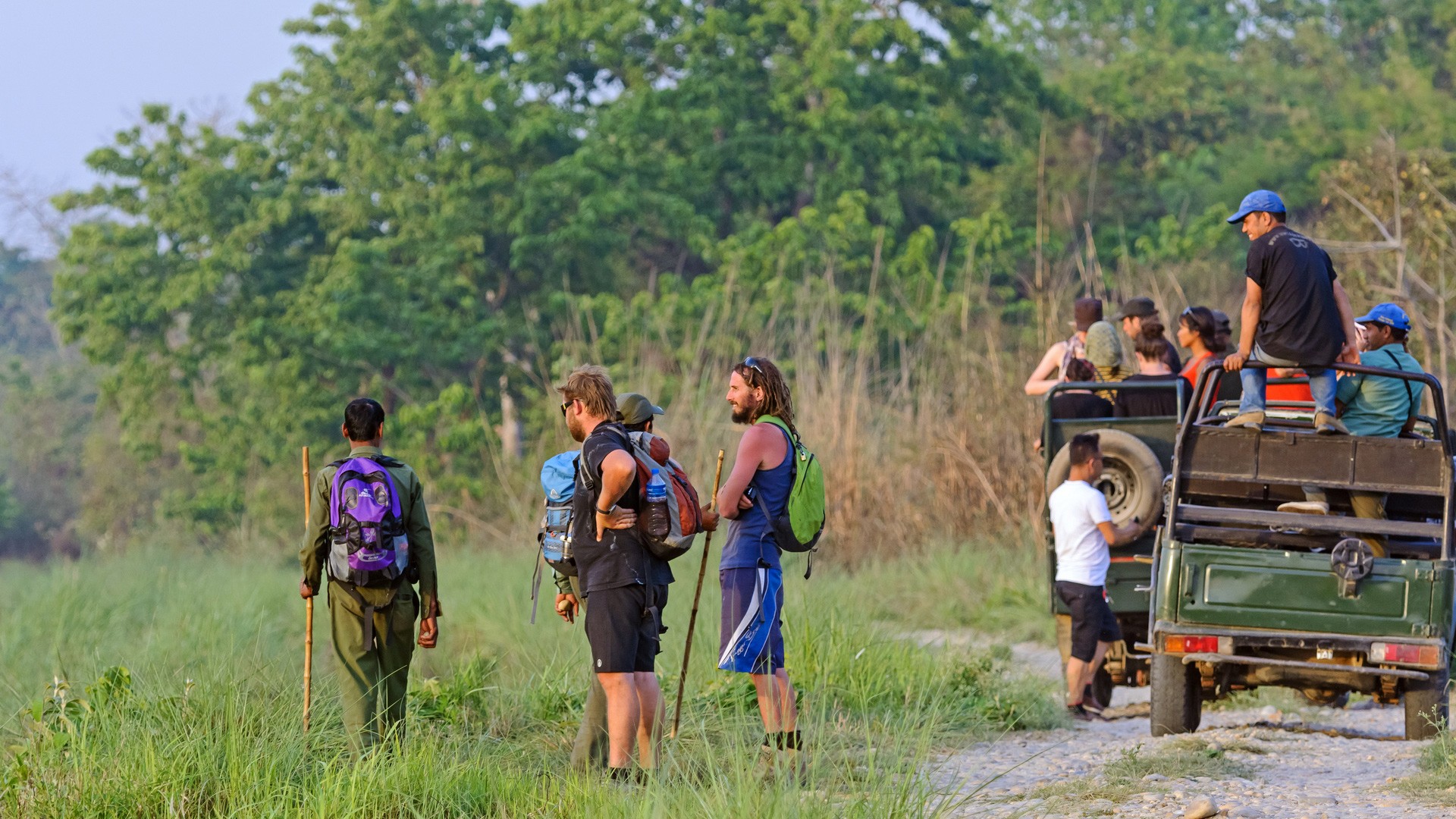
Inside the Kathmandu Valley, there is Shivapuri National Park which is famous for day hiking routes. The hike offers a great walking tour experience in its natural forest that spread over the summit of 2730 m.
If you are in love with archaeological monuments, there are Kathmandu, Bhaktapur, Lalitpur Durbar squares which reveal various facts about the history of Nepal.
Province Four (Gandaki Province)
In terms of natural beauty, culture and adventure tourism, Gandaki Province tops the list. Trekking, mountaineering and tour are the main sources of revenue of the Province. Gandaki Province got wider exposure when the French climbers Maurice Herzog and Louis Lachenal climbed Annapurna on June 3, 1950.
In fact, Gandaki Province does not need any introduction as around 45% percent of tourist who comes to Nepal reach this province in their holidays in Nepal.
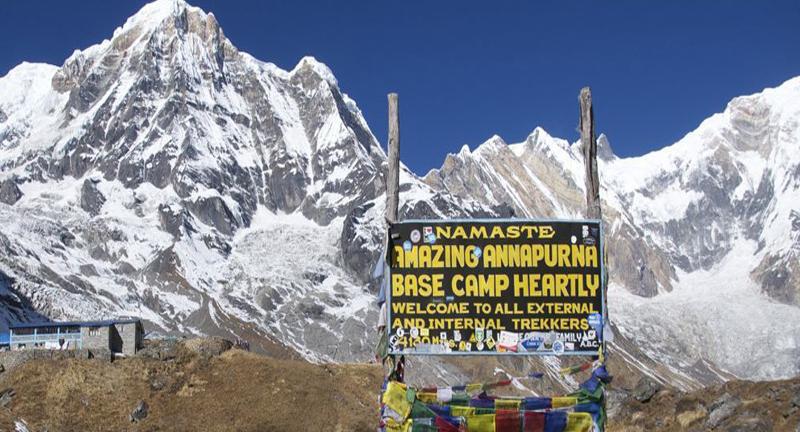
The famous and beautiful city Pokhara which is the gateway to Machhapuchhe, Annapurna, Dhaulagiri, Manaslu Conservation Area, Poonhill, Ghandruk and other famous tourist destinations all entice the visitors.
Phewa Lake, Begnas Lake, Rupa Lake, Tilicho Lake, Seti River, Mahendra Cave, David’s Falls, Manang, Mustang, Muktinath and others are in the Province.
Province Five
Province Five consists of the sacred place Lumbini, the birthplace of Gautam Buddha. It is considered as one of the world’s most important spiritual sites, which attracts both the Buddhist and Hindu pilgrims around the world.
Mayadevi Temple is the most sacred site in the Lumbini Garden where the archaeologists have identified the exact spot where Lord Buddha was born. Inscriptions on the Ashoka Pillar nearby also refer to the spot as his birthplace.
It is said that the newly born Prince Siddhartha (later became the Buddha) took his first seven steps and delivered his peace message to humanity here.
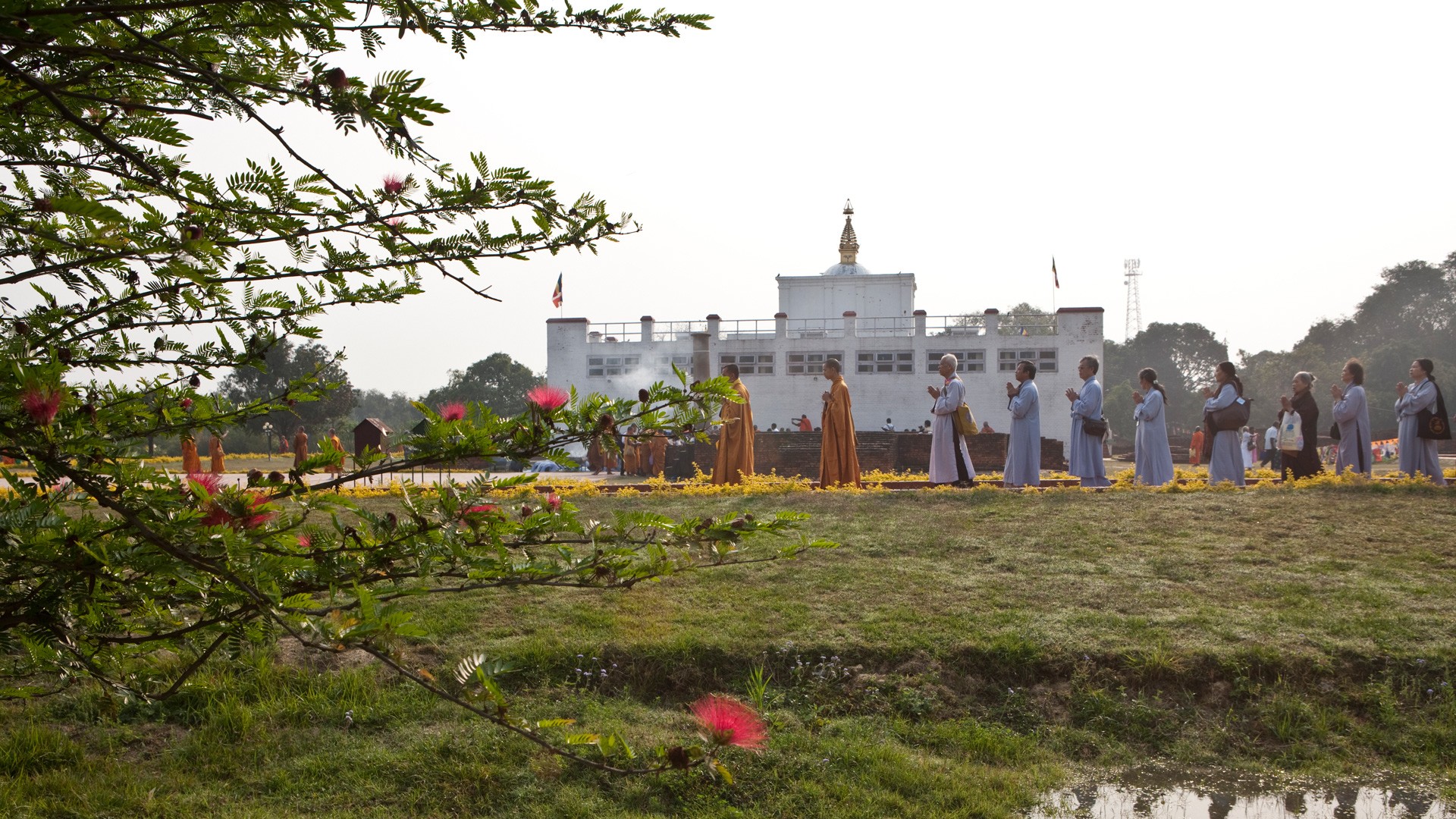
For religious tourism Sworgadwari is another major destination in Province Five. Sworgadwari which literally means door to heaven resides on top of the hill on Pyuthan district at the elevation of 6,960 meters from sea level Pious and serene place believed to be a holy place where Panch Pandavas performed meditation, it is a must-go religious place for Hindus.
Similarly, if you love to see the historical place, the Rani Mahal is another place. This building is a Rana palace located in the bank of Kali Gandaki River in Palpa district of Nepal. Also known as the Taj Mahal of Nepal, this palace was constructed by General Khadga Samsher Jung Bahadur Rana in 1893.
Bardiya National Park, another must-visit in the Province Five, is one of the most pristine conservation areas in the Tarai and is home to the endangered Royal Bengal tiger and Nepal’s famous One-horned rhinoceros besides countless other mammals and reptiles.
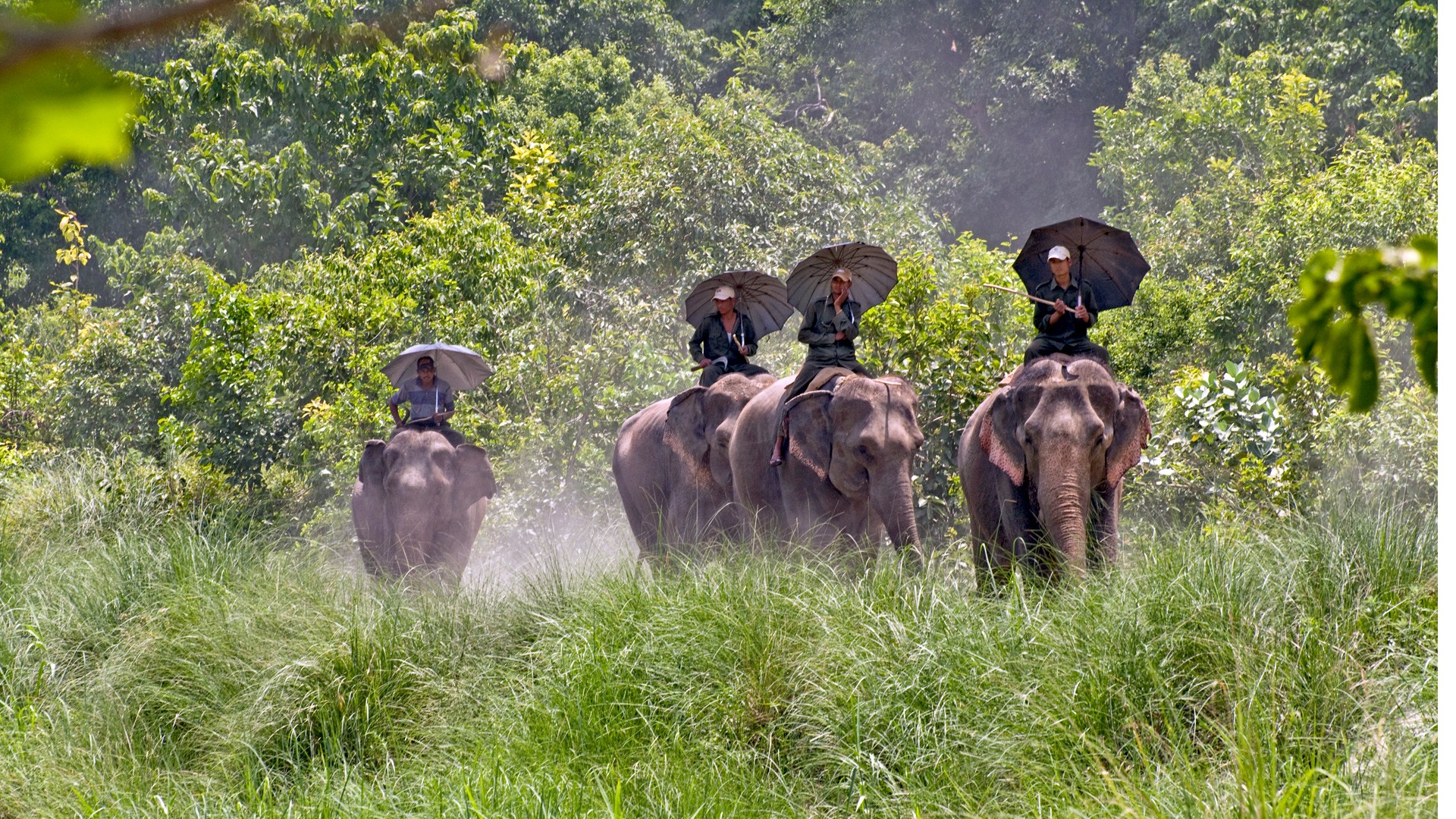
The national park is covered with vast Sal and riverine forests and tall elephant grass, making it an ideal habitat for many kinds of animals that roam freely. The park hosts 30 species of mammals, more than 250 species of birds, and several varieties of reptiles.
There are more sightings of tigers here than in other national parks. Thousands of visitors come repeatedly to catch a glimpse of the elusive cat.
Some of the other animals found here are elephants, swamp deer, blackbuck, gharials, and marsh-muggers. The exotic Gangetic dolphin is also sometimes seen along the surface of the Karnali. Birds found here include endangered species like the Bengal florican, lesser florican, silver eared mesia and the sarus crane.
Apart from these, the small mountains, plain lands, cultural and heritage sites also help to boost Province Five.
Province Six (Karnali Province)
It has been said that if you visit Karnali, you will visit the whole country.
Karnali Province is considered as Nepal’s most remote part. Despite the poor infrastructure, the province’s sublime natural beauty is vast. Feels like God has given everything to Karnali. That’s why tourists love to visit this place.
This province also boasts of having Rara Lake – Nepal’s largest lake – situated at an altitude of 2990 meters. Besides, Rara National Park in the province surrounded by alpine coniferous vegetation shelters more than 500 different kinds of flowers, 20 species of mammals and 214 species of birds.
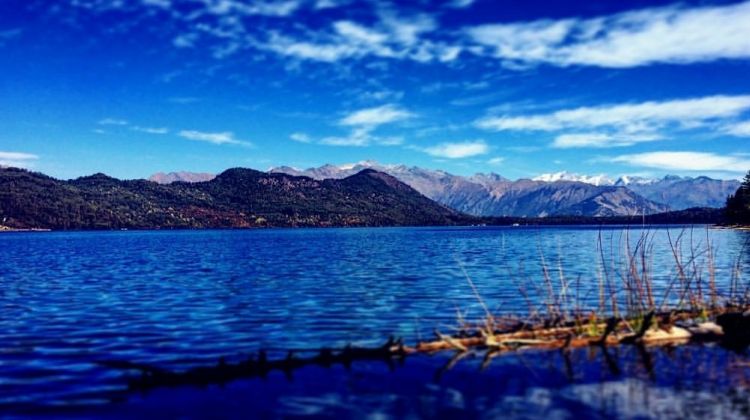
Not to forget the Bulbul Tal, Kakre Bihar, Patarasi Himal, Panchpuri Circuit, Limi Vally, Kot Palace, Upper Dolpa, Sisne Himal, Shey-Phoksundo, and Tripura Sundari, among other places which are also considered a ‘must visit’ in a lifetime.
Province Seven (Sudur Paschhim Province)
The Sudur Paschhim Province (Province-7) comprises deep forest, majestic mountains, plain lands, wildlife areas and cultural heritage.
Shuklaphanta National Park, Mount Api, Khaptad, Ugratara Temple, Tikapur Park, Dhodhara Chadani Suspension Bridge, Ghodagodi Tal, Badimalika, and Karnali Bridge are some of the major spots to see.
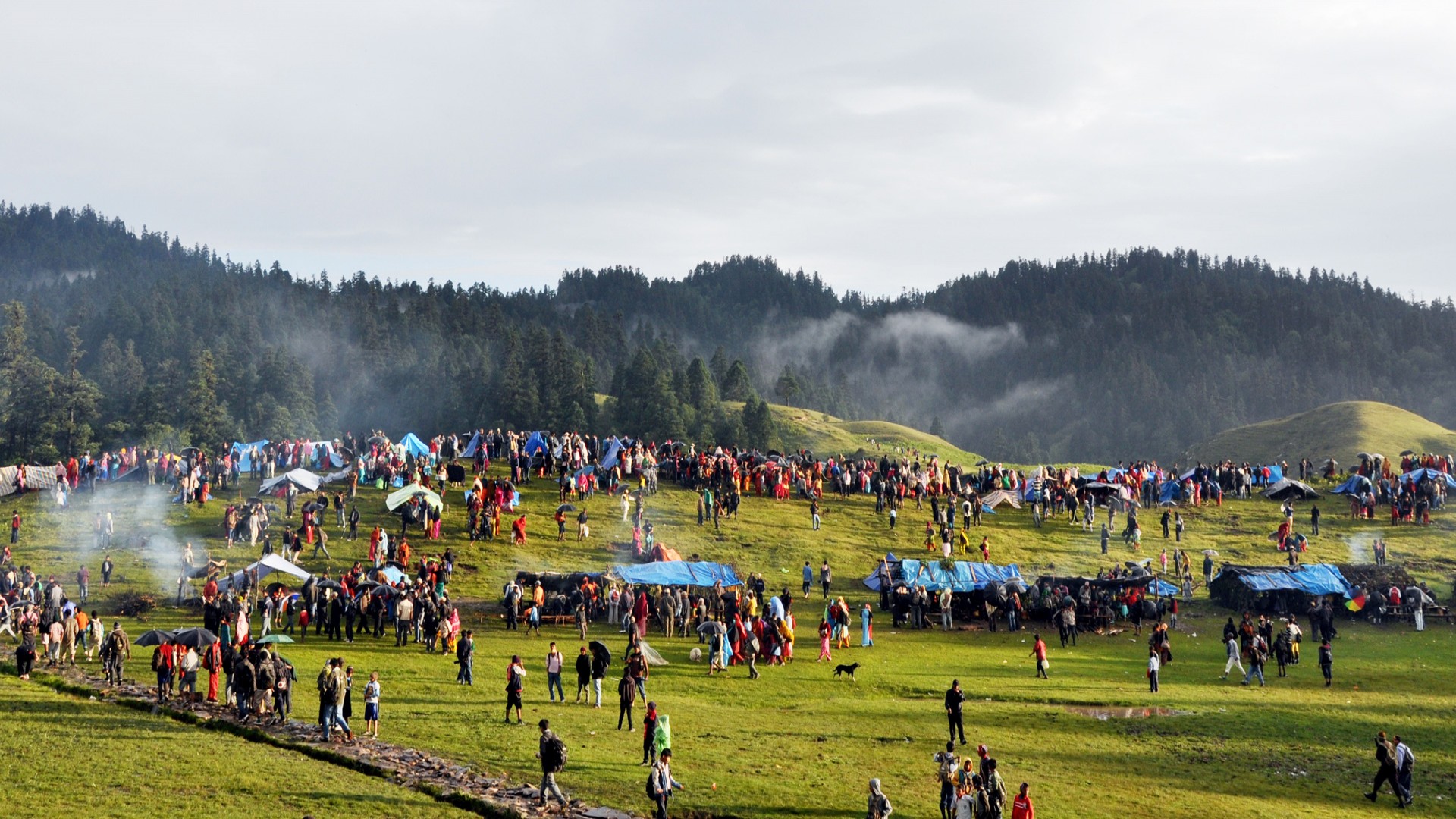
In fact, Nepal has more to offer besides these listed destinations such as distinct culture, weather, people, lifestyle, way of living, and languages that vary in every province.
Therefore, “Once is not enough!”


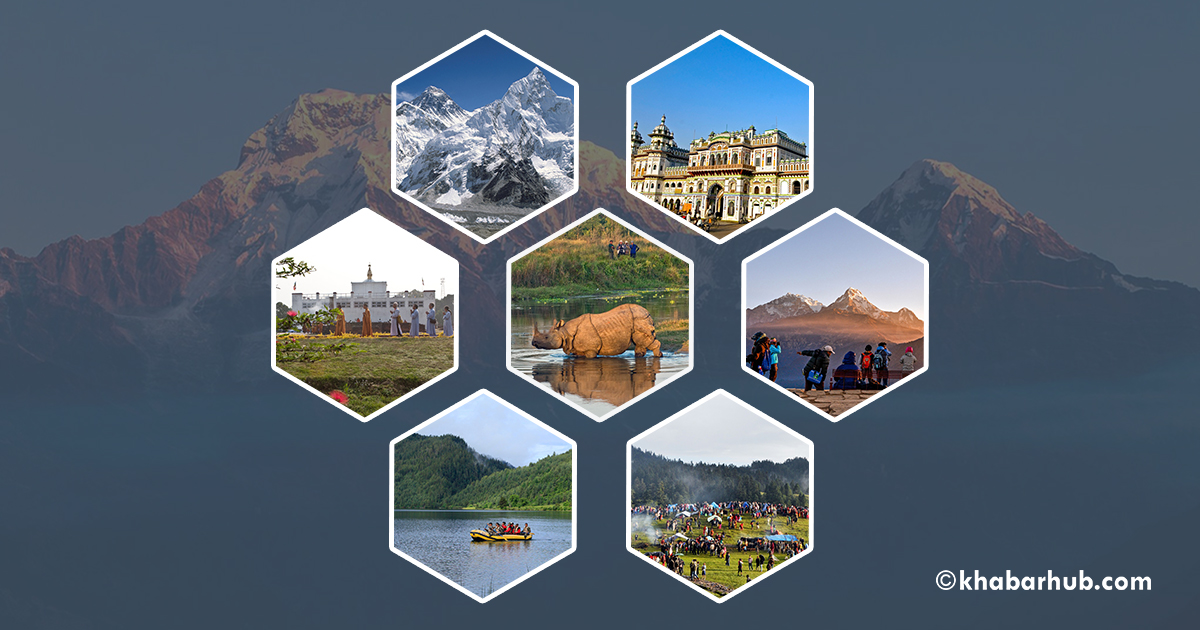


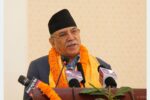


Comment